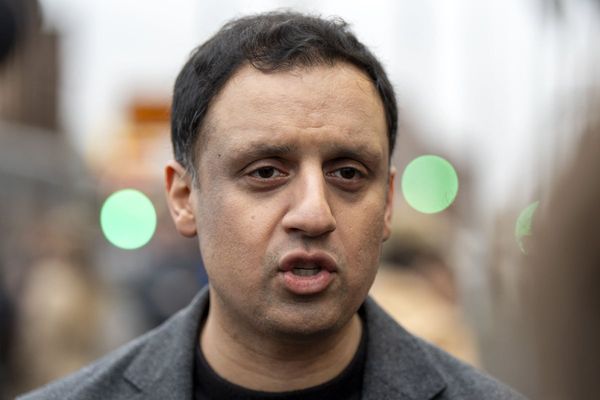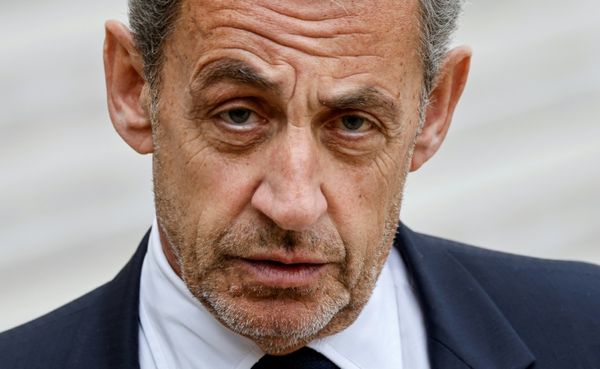
You may have recently heard the government is launching a “bold” and “ambitious” $10 billion housing package, intended to build 30,000 social and affordable homes over the next five years.
The fund seems intentionally designed to sound more significant than it is — hearing the government is investing $10 billion into anything sounds pretty good, right?
The Labor government is calling it a “landmark” plan — a “turning point” for housing. “Our plan is ambitious, because it has to be,” Housing Minister Julie Collins told Parliament.
As a welfare recipient on the public housing waiting list, I couldn’t help but tear my hair out watching the speeches and reading coverage. Again, empty rhetoric on inequality repeated unchallenged.
Tens of thousands of Australians are homeless, and huge numbers are experiencing housing stress. Some are being pushed into debt just to keep a roof over their heads, and others are forced to sleep in caravans, tents and cars. In the past four years, there was a 27% increase in people seeking help at homelessness services because they couldn’t afford rent.
I regularly assist people living well below the poverty line being asked to bear extraordinary rent rises, as I have. Some have seen increases of an eyewatering $140 a week — 30% in one hit for tenants surviving on JobSeeker payments.
Prime Minister Anthony Albanese trumpets his modest beginnings in public housing, yet as rents soar, he seems uninterested in meaningful action to address the shortfall of 500,000 public homes. That number could blow out to 750,000 in a decade.
Labor’s claim of 30,000 houses by 2029 is implausible when the details of the scheme are scrutinised — especially when considering it barely covers what we’re set to lose over the next few years as the National Rental Affordability Scheme ends. The upshot is that if the fund loses money, as the Future Fund did last year, there’ll be zero dollars for new homes in that year — and no ability to make up for it, thanks to the $500 million yearly cap.
This housing plan also doesn’t sufficiently cater for Australia’s population growth. As housing academic Dr Alistair Sisson has pointed out: “We built more than 30,000 public dwellings in every five-year period between 1945 and 1995. [The] population in 1950 was about 8 million and in 1980 around 15 million.”
There’s a reason the government is aiming so low. As with welfare payments, it simply doesn’t want to spend money to do what’s obvious and necessary — acquire and build public homes.
Labor can afford to do this, just as it can afford to increase Centrelink payments to the poverty line. There’s no rule that says policies have to be cost-neutral, and humans should be more important than numbers on a balance sheet. Even so, the government is choosing to give away $243 billion in tax cuts while leaving millions in poverty.
It has concocted a plan to take money from the budget, invest it in the sharemarket and use the interest (if there is any) for homes. The $10 billion it invests will never really leave government coffers, yet we send almost that much out the door every year for property investors. It’s effectively a savings scheme, not a housing spend.
At the same time, the Albanese government has ruled out desperately needed action to stop the cost of staying housed going up — rents in Sydney went up 29.6% in the past year alone. Handouts and tax breaks for property investors have pushed up rents and house prices for decades. The government has been clear: it will be keeping those handouts.
It’s hard not to see a link between the fact that 227 federal politicians are landlords and the refusal to adopt policies that would meaningfully improve costs for renters and buyers. Our political class has a property hoarding problem — and those of us who didn’t make it on to the ladder before the boom are paying dearly for it.
Imagine taking this approach to any other crisis. Imagine a budget-neutral plan to buy COVID vaccines, leading to massive shortages. A disaster response that didn’t actually save anyone from flooding because it had to balance the books.
The community wouldn’t fall for it. Nobody would say it’s “ambitious”. But when it comes to our basic need and right to a home, politicians have taught us to expect almost nothing. That this is called a “landmark” plan says more about rock-bottom expectations than it does about the government’s commitments.
The Albanese government is still new. It has time to leave a positive legacy. Instead it’s running in the opposite direction of anything that would help people on the lowest, and even modest, incomes, cynically pitching a “$10 billion plan” that doesn’t cost a cent.
Politicians know we’re in the midst of a crisis decades in the making. It will take truly ambitious action to fix it, and there are many options: eviction moratoriums for those who can’t keep up with rent; controls on rents, capping and licensing and Airbnbs; removing negative gearing and capital gains tax discounts; supporting cooperative housing models; capping the number of investment properties a person can own.
That’s just to name a few. But most importantly, the government needs to really invest. Not in the sharemarket but in acquiring and building quality homes at scale.
All these proposals will take time, but the crisis is now. The fastest and most effective thing the government can do is ensure those of us on the lowest incomes can make rent. We saw in 2020 how quickly and easily the government can lift Centrelink payments to the Henderson poverty line. It must do so again, but this time for good. The cost does not even amount to the stage three tax cuts.
But right now the Labor government is doing none of this.
Ensuring we have enough to survive for the immediate future is urgent. That will buy us breathing room while work is done to permanently solve the deep systemic problems in our housing system. The prime minister must take this challenge seriously, and rise to it.







